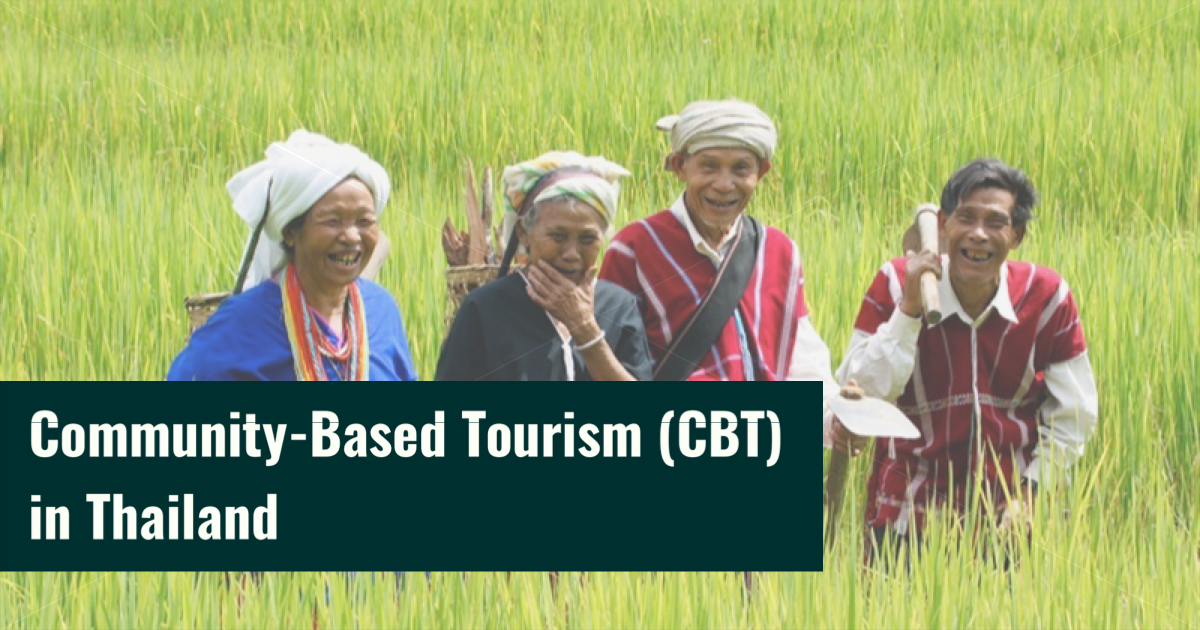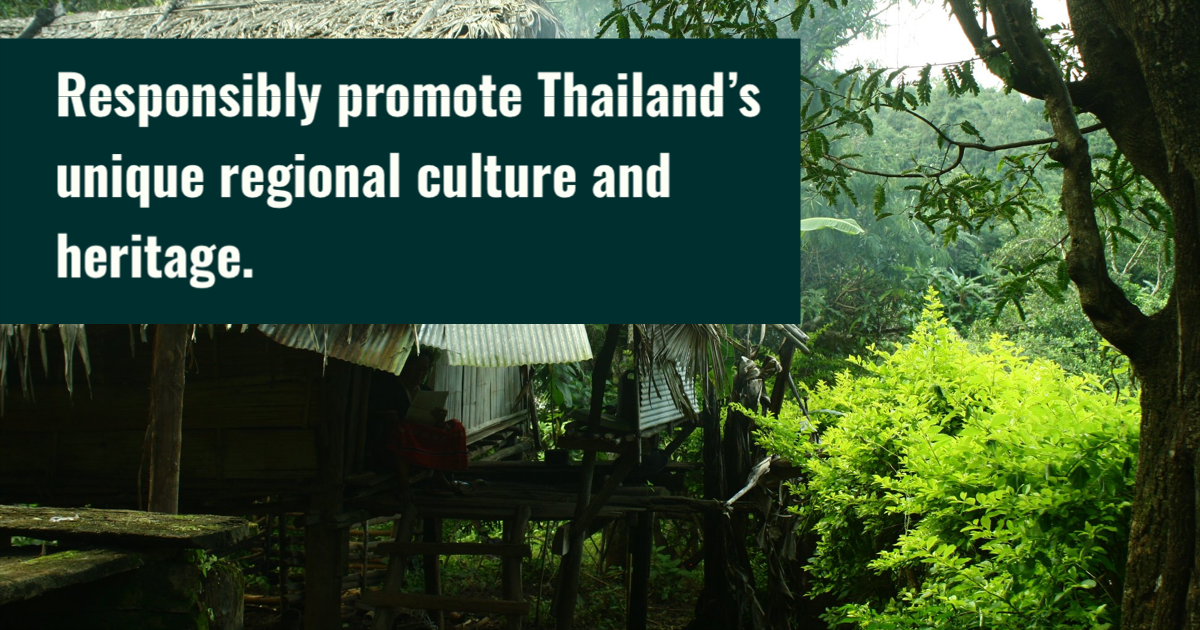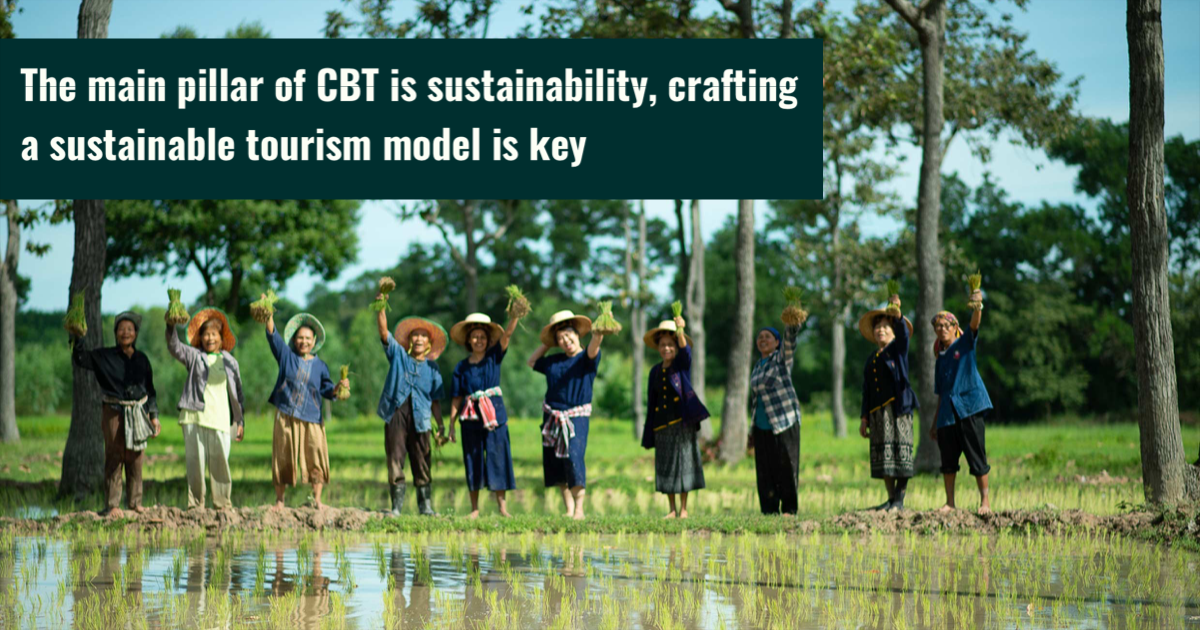
By definition CBT is where local residents, often of rural or economically marginalised backgrounds, will invite tourists to visit their communities, therefore earning income as land managers, entrepreneurs, employees and other service providers. This benefits the community as money is generated by the people for the people. It also offers advantages to visitors as tourists can discover local lifestyles and experience different cultures.

The context regarding CBT in Thailand has become a national tourism strategy because of its potential to benefit local communities directly, and to responsibly promote Thailand’s unique regional culture and heritage. However, the challenges of getting a CBT project off the ground. First and foremost, a community must know what it has to offer and what unique product or service they would like to introduce. It was discussed that often, these communities do not recognise what they have in terms of attractions, so it really is imperative to look within instead of looking out when it comes to finding a solid identity to market.

Other important factors to consider are education, e.g. training people who want to become involved in this sector, educating communities about branding, and teaching people how to utilise the tools available like online platforms. Moreover, as the main pillar of CBT is sustainability, crafting a sustainable tourism model is key. This can prove to be quite a challenge as setting up the structure, managing the logistics from the ground up, and ensuring the business is going to run cylindrically to inject money back into the local community is difficult, although rewarding.



